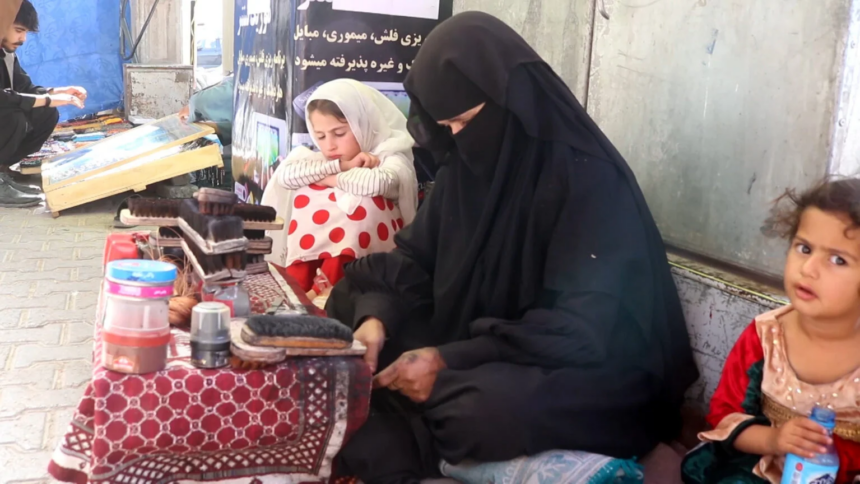RASC News Agency: The latest report by the United Nations High Commissioner for Refugees (UNHCR) on the conditions of returnees from Iran and Pakistan claims that Afghanistani men experience some improvement in income and employment within six months of return, while women face worsening conditions, including a 23 percent decline in wages and a drop in employment from 42 to 39 percent. The report further warns that growing gender inequality, combined with food insecurity, has sharply increased the vulnerability of households headed by women. However, Afghanistani economic experts argue that these findings are deeply detached from the lived reality under Taliban rule. They contend that the UN’s assumptions regarding women’s wages are “unrealistic” because over 99 percent of women are categorically denied the right to work outside the home. The Taliban have systematically expelled women from government and non-governmental institutions, shut down schools and universities, and permitted only a symbolic handful of women to remain in healthcare, education, and small businesses primarily as a hollow performance for international audiences to feign tolerance.
In reality, Afghanistani women today are not merely experiencing wage reductions; they are being entirely erased from the workforce and economic participation. To speak of “declining wages” for women is misleading, as the overwhelming majority no longer receive any wage at all. This reality underscores a much harsher truth: the Taliban have effectively removed women from the economic cycle and condemned them to enforced dependence and invisibility. Equally questionable are the UNHCR’s claims regarding improvements in men’s employment. While the report suggests a 16 percent rise in male employment rates, testimonies from local sources and Kabul residents paint an entirely different picture. According to them, more than 90 percent of men who have been deported from Iran and Pakistan, or who returned voluntarily, remain unemployed. They lack access to meaningful work opportunities or the resources to create sustainable livelihoods.
In major cities such as Kabul, Herat, and Mazar-i-Sharif, it is now a common sight to see groups of men standing at crossroads for hours in search of daily wage labor, only to return home empty-handed. This visible despair exposes the collapse of Afghanistan’s job market, where promises of employment exist only on paper, not in reality. The core of the problem lies in the Taliban’s catastrophic economic mismanagement. Since their takeover, Afghanistan has witnessed an unprecedented economic freefall. Domestic and foreign investment has all but vanished, international aid organizations have curtailed or suspended operations, and the private sector has been suffocated under an atmosphere of repression and instability. The once-fragile labor market is now in complete stagnation, offering neither security nor hope to ordinary citizens.
Against this backdrop, speaking of “increased employment” or “reduced unemployment” is not only inaccurate but also dangerously misleading, as it obscures the suffering of millions and risks normalizing the Taliban’s engineered crisis. Experts warn that international reporting on Afghanistan must move beyond statistical abstraction and confront the brutal realities on the ground. A constructive report must acknowledge that women are now almost completely excluded from education, work, and public life, while men face widespread unemployment, poverty, and economic paralysis. Anything less risks serving as a distraction from the Taliban’s ongoing destruction of Afghanistan’s social and economic fabric.






